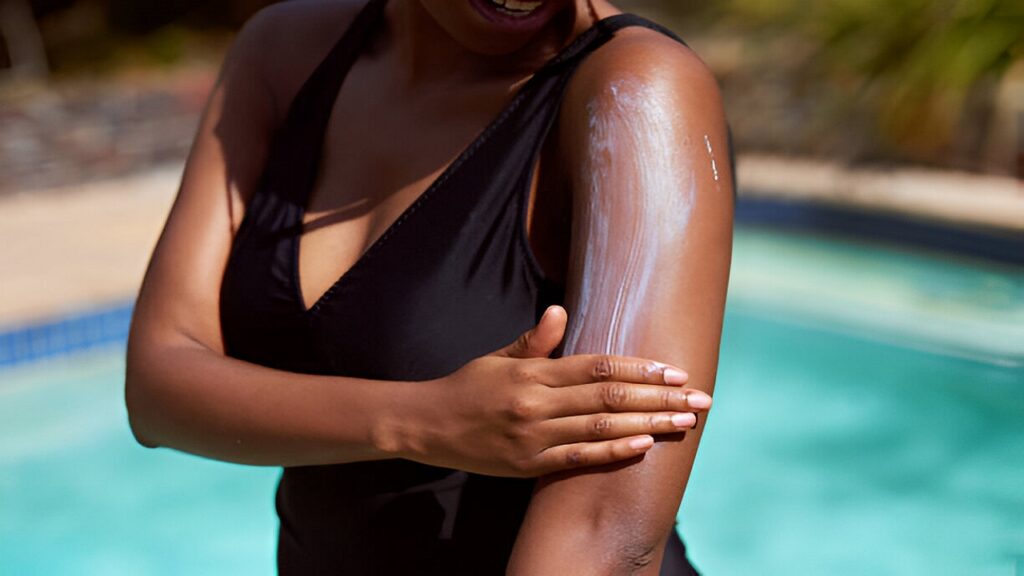The idea that sunscreen stops you from tanning is a common misunderstanding. In reality, sunscreen helps reduce your risk of sunburn and skin damage, but it doesn’t totally block the tanning process. That’s why you might still see a little color even after wearing SPF 50 and reapplying religiously.
What Does Sunscreen Actually Do?
Sunscreen is your skin’s first line of defense against harmful UV rays. It works in one of two ways: either by absorbing ultraviolet rays (chemical sunscreens) or by reflecting them (mineral or physical sunscreens). Both types help protect your skin from sunburn, premature aging, and most importantly — skin cancer.
That said, no sunscreen offers 100% protection. Even high-SPF sunscreens allow a small amount of UV light to reach your skin. That’s how you can still tan even while being diligent about sun protection.
So, does sunscreen prevent you from tanning completely? No, but it significantly lowers the amount of UV radiation your skin absorbs. And while that might mean a slower tan, it’s a much safer approach in the long run.
Can You Still Get Tan While Wearing Sunscreen?
Yes, you can — and probably will. Think of sunscreen like a really good window shade. It dims the intensity of sunlight, but doesn’t block it all out.
Even SPF 50 filters out 98% of UVB rays, meaning about 2% still get through. Over time, that small amount can stimulate melanin production and cause your skin to tan.
Sunscreen reduces the amount of melanin your body produces in response to UV exposure, which slows down how quickly you tan. But it doesn’t stop it entirely.
This is why some people notice they still get a golden glow even after following all the SPF rules. It’s not necessarily a bad thing — it’s just how skin biology works.
The goal of sunscreen isn’t to block your tan; it’s to block sun damage. And there’s a big difference between the two.
What Are the Risks of Tanning Without Sunscreen?
This is where things get serious. While a light tan may seem harmless or even desirable, the reality is that any tanning caused by UV rays is a form of skin damage. That golden glow is your body’s way of protecting itself from further harm.
When you tan without sunscreen, or use it incorrectly, your skin is exposed to harmful UVA and UVB rays. The immediate result might be a sunburn: red, hot, painful skin that may peel or blister. But the long-term effects are more concerning.
Over time, unprotected sun exposure can cause:
- Hyperpigmentation: darker patches or uneven skin tone
- Photoaging: fine lines, wrinkles, and sagging skin
- Skin cancer: including melanoma, which can be life-threatening
So while sunscreen doesn’t prevent tanning entirely, it does help prevent all of the above. It’s not just about avoiding burns — it’s about preserving your skin’s health and appearance for years to come.
How to Stay Safe in the Sun
Your skin is constantly exposed to UV rays. That’s why wearing sunscreen daily is so important. Sun exposure adds up over time. And less UV means less skin damage, fewer wrinkles, and lower cancer risk.
Experts recommend using a broad-spectrum sunscreen with SPF 30 or higher. And yes, you still can tan with it on, but your skin will be better protected while doing so.
One product worth considering? Frudia Green Grape Sebum Control Cooling Sun Gel. It’s lightweight, hydrating, and offers high protection against both UVA and UVB rays. It’s a solid choice if you want protection that doesn’t feel heavy or greasy.
When to Apply Sunscreen for Optimal Protection
For sunscreen to actually work, timing and technique matter. Make sure you apply your sunscreen about 30 minutes before stepping into the sun. This gives it enough time to properly bond with your skin.
Reapply every two hours, or more often if you’re swimming, sweating, or wiping off your skin.
As long as you’re using sunscreen the right way, your skin stays protected while you enjoy the sun safely.


